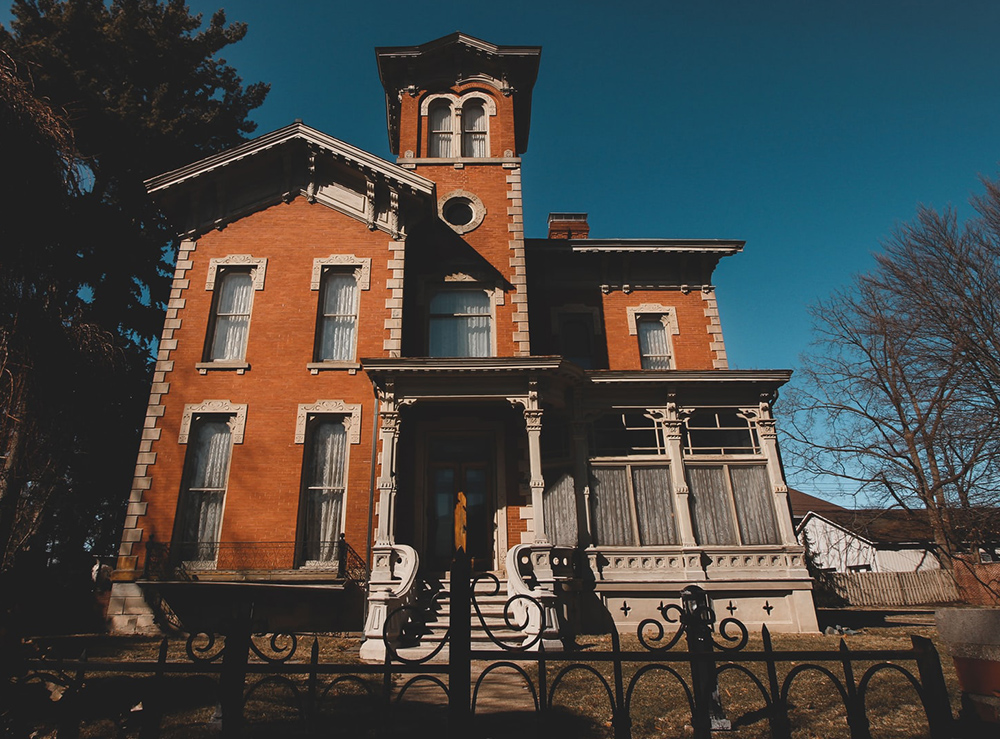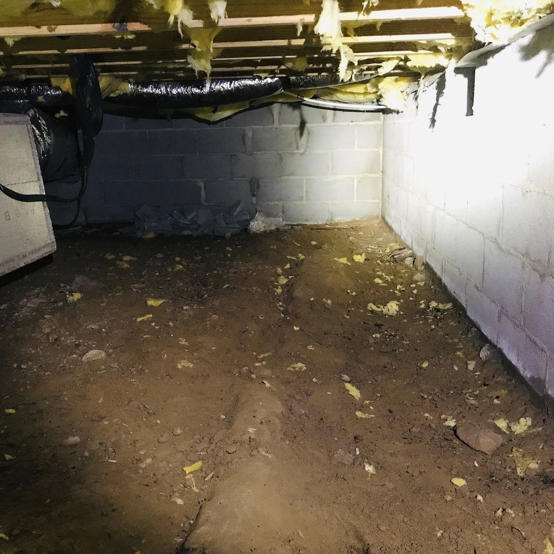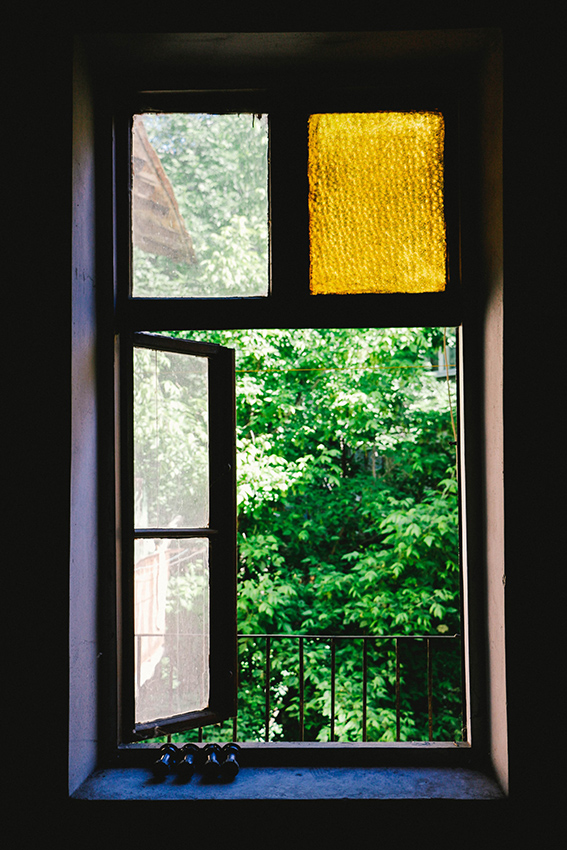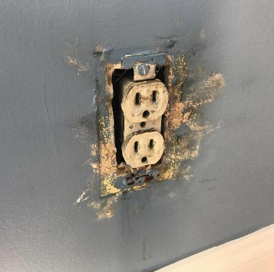
Photo by Liz Weddon on Unsplash
Here’s something you probably didn’t know. Large numbers of Americans live in “old” houses. More than 38% of all homes in the US were built before 1970, according to Eye on Housing. In fact, only 19% of owner-occupied homes were built after 2000, and a mere 3% were built after 2010. Generally, homes built after 1990 are considered newer, while homes built prior to 1920 are designated old or antique.
Many people think of older homes as having better materials and workmanship than newer (or new) construction. This is not always true. Even when it is, older homes may show issues of wear and tear, deteriorating conditions, and obsolete systems. With this in mind, let’s take a look at some common dangers that may lurk in older homes, especially if you are thinking of purchasing one.
Out, out damp spot!

Moisture has a way of finding its way through the walls, roof, or below the ground level of houses. While this can occur in houses of all ages, older homes that have lacked proper maintenance are especially susceptible to penetrating dampness. Some known culprits for dampness are missing or damaged roof tiles or shingles, deteriorating or poorly sealed flashing, leaking or damaged rain gutters, gaps in doors and windows, foundation cracks, and damaged or deteriorating siding. Also, brick and stone work can deteriorate with age, and become more porous and susceptible to frost or storm damage. Water stains on ceilings or interior walls is a sure sign of penetrating dampness. If not repaired, water continues to enter, especially during heavy rainfall. Droplets of water on walls or ceilings is another bad sign. Damp areas are cooler than the surrounding wall, and condensation forms on the surface. Depending upon the cause of water intrusion, repairs can be costly, such as putting on a new roof, repairing the foundation, or replacing exterior siding. If the dampness is not resolved, it can lead to our next hidden danger.
Breaking the mold
Always check an older home for signs of previous water damage. If the underlying cause was fixed, but the areas were never properly dried, mold is likely to be present. In the presence of moisture, organic material, warmth, and oxygen, mold can sprout quickly and rapidly spread. How serious is mold? According to the Centers for Disease Control (CDC) the Institute of Medicine (IOM) found “sufficient evidence to link indoor mold exposure with upper respiratory tract symptoms, cough, and wheeze in otherwise healthy people; with asthma symptoms in people with asthma; and with hypersensitivity pneumonitis in individuals susceptible to that immune-mediated condition.” Small patches of mold can be cured with a spray-on mold remover. Larger infestations will require the services of a professional to eliminate. Keep in mind that the mold you see may be just the tip of the iceberg. Ask your home inspector to check for more serious signs of mold.
Get the lead out!

Photo by John-Mark Smith on Unsplash
Older homes can be dazzling with ornate doors and intricate windows. However, these charming features may harbor a potential danger: lead paint. Homes prior to the 1970s likely contain lead in some of these original features. Until the mid-60s, lead paint was commonly used on windows, doors, and other woodwork. In some cases, lead paint may be buried under layers of subsequent paint jobs. If undisturbed it poses no problem, but if you intend to sand or strip and repaint wood features, it’s best to err on the side of caution and consult a professional.
When lead paint begins to deteriorate, it can release dust which can cause serious health issues if inhaled, such as kidney, nerve and brain damage, and infertility. That’s why if lead paint is suspected, it must be removed by professionals. One way of recognizing lead paint is by its unique pattern of deterioration. While other paints peel as they age, lead paint cracks in very distinct rectangle patterns. If you’re unsure if paint in your home contains lead, call your home inspector for a professional evaluation. Home buyers must receive notice of possible lead paint, and contracts can be contingent on a successful lead inspection.
Find EPA lead paint guidelines here.
Asbestos
Homes built prior to 1970 are more likely to have asbestos. Asbestos can be found in insulating materials, roof shingles, ceiling and floor tiles, and around furnaces and boilers, where fire resistance is desired.
Why is asbestos dangerous? If asbestos is sitting intact and dormant it doesn’t pose much risk. However, when disturbed, asbestos fibers are release into the air. When inhaled they can cause serious respiratory illnesses and even a serious, fatal form of cancer called Mesothelioma.
If you are renovating your home and you suspect asbestos-containing materials, or you have disturbed asbestos during your work, then stop work immediately, and call the appropriate state agency for guidance.
Click here for North Carolina asbestos abatement guidelines and resources.
A shocking situation

Odds are that the electrical system in an older home is just as old as the home itself. Old electrical systems and wiring may include hidden dangers. Many homes built prior to the mid-70s have two-prong, ungrounded electrical outlets. In 1969 Underwriters Laboratories mandated three-prong plugs on major appliances for safety. Trouble is, only half of the receptacles in US homes were three-prong at that time. Wiring in most homes did not include a grounding wire. Ungrounded systems increase the risk of electrical shock in the event of circuit failures.
Unfortunately, in a significant number of homes, three-prong outlets were installed without a grounding wire being added. Without the grounding wire, a three-prong receptacle is no safer than a two-prong. That’s why it’s important for your inspector to check all the home’s receptacles to know what is really there.
Another potential problem in older homes is aluminum wiring. Copper wiring is safer and far less flammable. Aluminum wire is 50% more likely to cause a fire due to its high operating temperature. Faulty and aging wiring is one of the main causes of fires in homes. See our May 2020 blog on home fire safety for more information. Damaged plugs, sockets and frayed cables can cause shocks, deadly electrocution, burns, and devastating home fires. These are some warning signs of a faulty electrical system:
- Dim or flickering lights
- Electrical interference (static) on your television
- Frequent circuit breaker tripping
- Sparks or sizzling sounds from sockets
- Acrid burning smells
- Warm or hot switches or sockets
If you notice any of these signs, call an electrician immediately. If you’re not sure about the age of your electrical system, make an appointment with your home inspector. In fact, it’s a good idea to have your home’s electrical system inspected every ten years. Electricity must not be taken lightly. It can kill you or destroy your home.
It’s a gas gas gas!
Electricity is not the only potential killer lurking in an older home. Carbon monoxide gas is known as the “silent killer,” because it is odorless, tasteless, and colorless, and it can smack you with a fatal dose without you even being aware of it. Caused by incomplete burning of carbon-based fuels, carbon monoxide may be an issue in older homes if the furnace or other oil or gas burning heaters have been neglected and allowed to deteriorate. Low-level exposure to carbon monoxide can cause flu-like symptoms that ease off when you’re away from the property. These can include:
- Headaches
- Dizziness
- Nausea and vomiting
- Tiredness and confusion
- Stomach pain
- Difficulty breathing / shortness of breath
Higher levels of exposure are more serious, and may cause these symptoms:
- Loss of physical coordination
- Increased heart rate
- Chest pains
- Changes in behavior/mental impairment
- Vertigo
- Seizures
- Loss of consciousness
- Death
The best way to keep yourself and your family safe is to install carbon monoxide detectors in your home. Install one in the room where a carbon burning device is being used, and install them in main living areas, such as outside bedrooms. If your carbon monoxide detector is ever triggered, get out of the house immediately and call your gas company from a safe distance.
Don’t let these potential dangers scare you away. Older homes have their charm. As the saying goes, forewarned is forearmed. When your inspector knows what to look for, you can buy that older home with confidence.
Call Peter Young Home Inspections
Buying or selling a home? Never sign any contract without first getting a home inspection! Call Asheville Home Inspector Peter Young, 828-808-4980, or click here to make an appointment today.